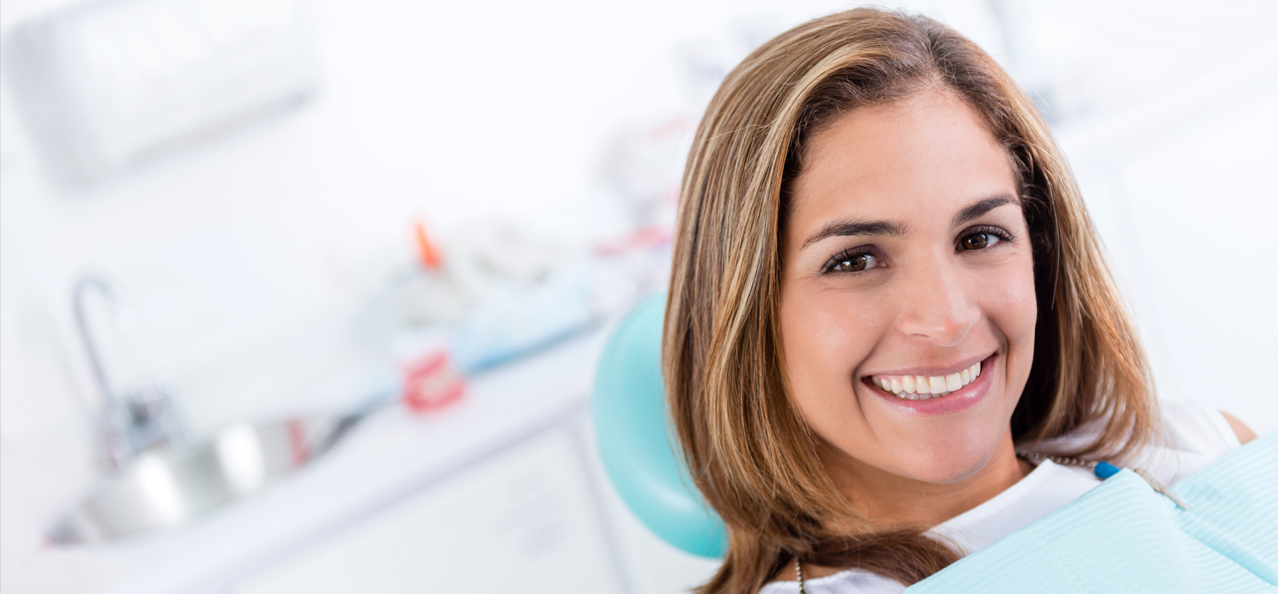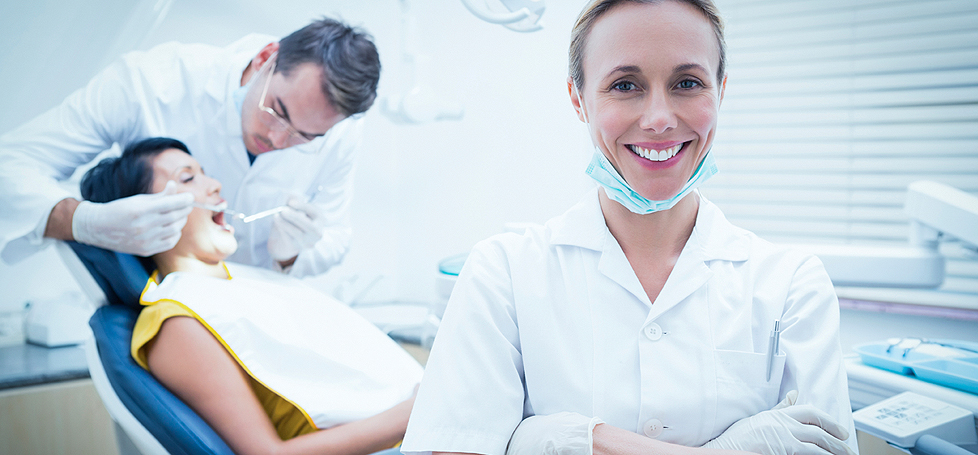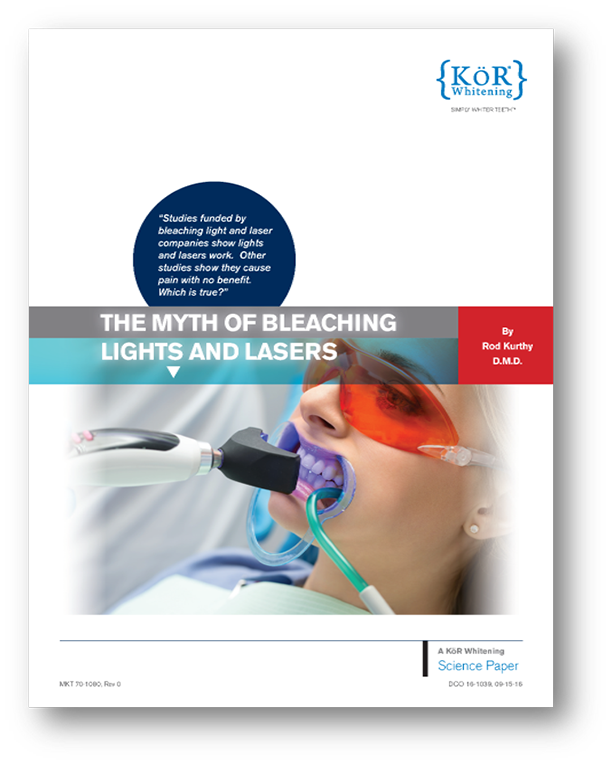Today, teeth whitening is a very common practice with a variety of products and procedures being offered. But did you know that most of the treatments used today evolved from trial and error and not the disciplined application of science? Continue reading to find out how it all began and how KöR put the science in whitening.
How It Started
Years ago, a group of dentists were kicking around ideas regarding how to treat swollen, inflamed gingival tissues of teenagers immediately after removal of orthodontic appliances.. They looked at over-the-counter products such as Gly-Oxide®, which is intended to treat sores in the mouth. They then thought about fabricating custom trays that would fit over the teeth and gums, to be filled with Gly-Oxide. The intent was to promote faster healing of the swollen, inflamed gingival tissues. Upon having their young patients wear the Gly-Oxide filled trays, these dentists were amazed to see that the teeth appeared to get lighter.
As it turned out, the reason for this is that Gly-Oxide contains 10% carbamide peroxide, which has since been proven to whiten teeth. This group of dentists simply stumbled onto vital teeth whitening using trays and peroxide. It was coincidence – not science.
Of course the word spread, resulting in the commercial production of similar formulations containing carbamide peroxide to be used in custom trays specifically for whitening teeth.
“The goal is to whiten teeth quickly while also making sure the teeth stay whiter longer after treatment is completed.”
Trial & Error
Over the years, many different ideas were explored to achieve better and faster teeth whitening. Stronger peroxide-based formulas proved to be too harsh on the gingiva. And in the 1970s, they even tried using heating lamps to add heat energy. The radiant heat produced by heating lamps was so intense that it caused overheating of dental pulps, sometimes even necessitating endodontic therapy. Oops! Back to the drawing board.
Then, we saw the influx of photon energy techniques using bleaching lights and lasers. This was a big fad for a while, but the science never backed up these bleaching lights and laser approaches. The fact is that the breakdown of hydrogen peroxide is an exothermic reaction. So adding any type of energy, including photon energy, actually works against the reaction. Again, a lot of ideas were tried without concern for actual science. Obviously, dentists found the results of in-office whitening with lights and lasers was still extremely unpredictable and of very short duration. Either the whitening didn’t work at all or the whitening quickly relapsed within a very short time after treatment.
In an effort to reduce patient complaints, many dentists took it upon themselves to send their patients home with whitening trays and at-home whitening gel after the in-office whitening, because they understood that at-home tray whitening was at least somewhat effective. Again, this had nothing to do with true science.
This un-scientific protocol (with or without bleaching lights or lasers) has now become the standard whitening approach utilized by nearly all whitening systems. But it was not based on an understanding of science. It was simply a series of educated trial and error.

Understanding and Applying the Science of Teeth Whitening
Instead of educated trial and error, Dr. Rod Kurthy and KöR Whitening have taken the approach of truly understanding the chemistry, physics, physiology, and microanatomy of whitening. By understanding the scientific principles at work behind teeth whitening, we have been able to develop and test specific designs, products, formulations and whitening protocols base on what science dictates to be able to genuinely whiten teeth and keep them white permanently.
To learn more about KöR Whitening and the science behind our teeth whitening solutions, contact us today.



